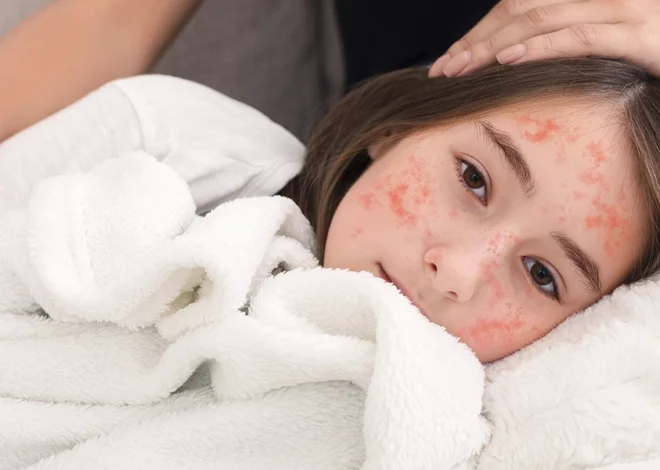The department store fragrance counter with its odoriferous melange of conflicting notes may make you sneezy, wheezy and teary eyed. It’s logical to assume that you may be allergic to the smell of the latest designer perfumes. However, most people who think they have an allergic reaction to fragrances actually don’t, although they may be sensitive to the chemicals in the fragrance itself.
Allergen or Irritant
An allergic reaction to fragrances — perfumes, hand lotions and shower gels — typically shows up in the form of contact dermatitis, an itchy red or bumpy patch of skin on the part of the body where the irritating substance makes contact. But to physicians, there’s a world of difference between an allergen and an irritant. Allergies are caused by organic substances, such as pollen, food, mold, dust mites, feathers and pet dander, says Chicago-based dermatologist Dr. James Thompson. Another distinction between getting choked up at the perfume counter and true allergies is that allergies respond to medication. If a smell irritates you, the only “cure” is to avoid it.
Contact Dermatitis
According to the New Zealand Dermatological Society, more than 5,000 fragrances are used in everyday products, and they’re not just found in perfumes, colognes and bath and body care products; they’re in laundry detergents, cleaning products, shampoos, toothpaste, makeup and antiperspirant. According to MayoClinic.com, if you are allergic to a specific fragrance, just a tiny amount and brief exposure period causes contact dermatitis. If contact dermatitis is acquired after repeated exposure over a longer period of time, the substance is an irritant. Some scented products only cause contact dermatitis when your skin is subsequently exposed to the sun. MayoClinic.com reports shaving lotion, sunscreen and some perfumes as examples.
Common Culprits
According to medical experts at the Pennsylvania-based Allergy & Asthma Center, allergists who treat patients with fragrance allergies point to eight substances in a fragrance that cause most of your woes. These include cinnamic alcohol, cinnamic aldehyde, eugenol, isoeugenol, geraniol, alpha amyl cinnamic alcohol, hydroxycitronellal and oak moss absolute. Eugenol, a more pervasive clove-scented substance, shows up not only in scented products, but in mouthwash, toothpaste, dental cement, meat preservatives and food flavorings.
Treatment
Contact dermatitis is treated by first avoiding further exposure to the irritating substance, says MayoClinic.com. Applying hydrocortisone creams or damp dressings to the problem skin can also help reduce symptoms. Severe cases of contact dermatitis may require use of oral corticosteroids and antihistamines. However, if a fragrance simply makes you sneeze, wheeze and cough, there’s nothing you can do except avoid it.
Other Tips
James points out that other odors, such as smoke and chemical fumes, can also be extremely irritating to your nose, eyes and lungs, but they won’t cause anaphylaxis. Exceptions include a limited number of chemicals used in plastics and paint, he says. According to the American Academy of Allergy Asthma & Immunology, there’s been only one documented case of anaphylactic reaction caused by a fragrance, when a female patient with no history of allergies or asthma was ambushed by a co-worker who sprayed perfume directly into her face.





